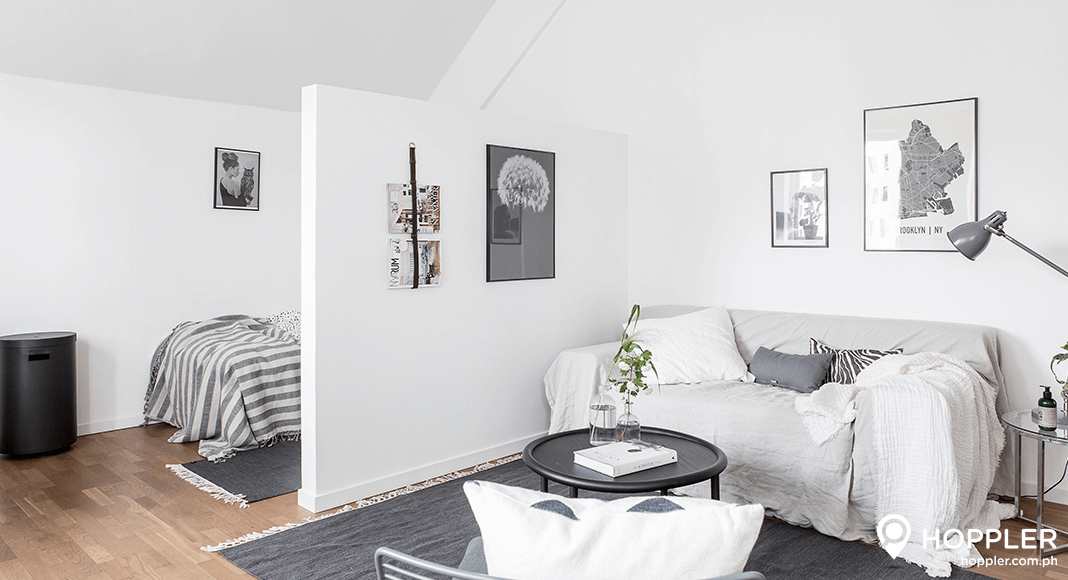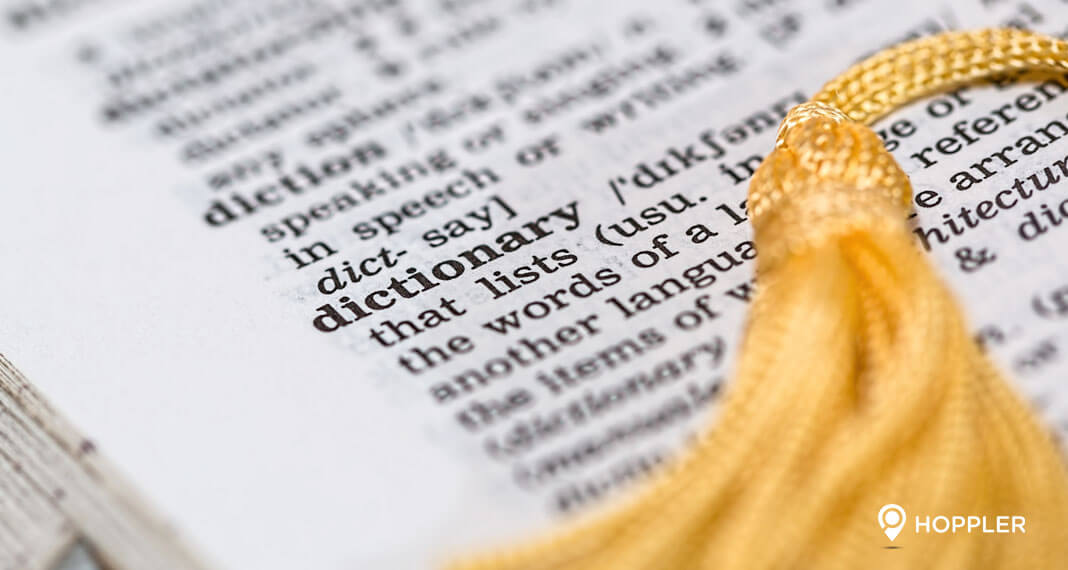12 Ways on How to Childproof Your Home
For a starting family, owning their own house is a source of pride and fulfillment. For some, they would need to settle first with renting a place as they start to save up for their own. However, there is one consideration couples must factor in when choosing a place of residence—is it a safe home for kids? Most parents especially first-timers are not usually mindful of this important concern, not until they realize that their first child is starting to crawl and will soon learn to walk and move around the house on their own.
For parents particularly moms, we have listed twelve effective ways to lessen the hazards that might harm your children. Follow these simple to do guidelines in order to create a safe sanctuary for your kids.
-
Latches and Locks
Provide safety latches on all cabinets, cup boards and drawers so to keep poisonous substances such as cleaning materials and pesticides out of children’s reach. In addition, make sure that medicines are separately stored from food and beverages. Medicines and other products must be labeled and placed in their original containers so that adults may not confuse their proper area for storage. Do not leave shampoos and other bath items in the shower and secure them in a cabinet instead.
-
Toilet Seat Lock
Place toilet locks to make sure that the lids are sealed since children are more top-heavy compare to adults; they can lean and easily fall into a toilet and possibly drown. Do not leave water standing in the bath, sink or bucket since babies can drown even in very little amount of water.
-
Safety Outlet Covers
Use outlet protectors or safety caps to cover unused electrical outlets to avoid electrocution. Make sure to unplug hair dryers and iron curlers after use to prevent contact with water in the bathroom which will definitely cause harm to kids.
-
Learn to Unplug
Unplug hair dryers and electric rollers after use to prevent electrocution from contact with water in the bathroom. Keep them away from curious children to prevent burns.
-
Ocular at Home
Examine every area and corner of the house to pin-point items which might cause choking to your kids. As a rule: anything which can fit the cardboard of a tissue paper roll is a choking hazard. Avoid using ref magnets since they easily fall and drop on the floor where children can easily reach and place them inside their mouths. Ensure that the floor is clear of small objects which a baby can swallow such as buttons, pins, etc.
-
Baby Safety Gates
Install safety gates at the top and bottom of all the stairs and even doorways of rooms if possible. Make sure that the gates are high enough that kids won’t be able to climb them and fix it in a way that the swinging door opens up away from the steps. Choose safety gates which children cannot dislocate easily but adults can open and close without difficulty. Another factor to consider is to place safety gates which are not V-shaped since these are big enough for children to fit their head and necks into.
-
Practice Using Mobile Devices
Use a cordless phone at home so you can watch over your kids in different parts of the house while answering a phone call. Make use of your cordless phone especially when your kids are near water such as in the bath tub or swimming pool.
-
Edge and Corner Guards
Place corner and edge protectors on your home furniture to protect your toddlers from injury. Furniture must also be positioned far from windows to keep the children from falling through windows. It would also be advisable to provide for windows screens for additional precaution. If possible, fix your shelves, book cases, flat screen television and other heavy furniture to the walls with anchors to prevent such equipment from bending over and causing harm to the little ones. To prevent such incident, make sure to place heavier items at the bottom part of shelves and movable cabinets.
-
Smoke Alarms
Smoke detectors are essential much more when kids are living in a house. Installing smoke detectors can easily alert you of possible fire hazards at home and would give you enough time to secure children who are more at risk of suffocation when there is fire in the area. Inspect your smoke detectors at least once a month to make sure that they are working.
-
Door Stops and Holders
Secure your door with door stops and door holders in order to prevent injuries to the little fingers and hands of toddlers. The stops and holders can secure the door of our homes to avoid the body parts of your children from being pinched or crushed. However, do not use the type of safety device which can easily be detached by little ones or which can break into smaller pieces which can become a choking hazard to them.

-
Carbon Monoxide Alarms
It is also important to use carbon monoxide (CO) detectors since CO poisoning has been fatal and prevalent in recent years. Houses which need to install Co detectors are those with attached garages or if a particular area in the household has gas or oil heat.
-
Secure Window Blind Cords
It would be necessary to cut window blind cords as safety measure since children might get strangled in the cord loops. There are also cord safety tassels or inner cord stops which can help prevent strangulation in the inner cords of window blinds.
Sometimes you would need to compromise interior design and style in creating a child-friendly space. Installing safety devices would necessary lessen the possibility of accidents inside our homes. However, aside from securing anti-hazard equipment, adults must make safety measures a habit at home to fully realize protection danger. And if you are planning to get a new home make to make it safe for your kids and for your family.
Do you have other tips to share? Write it on the comments section.



